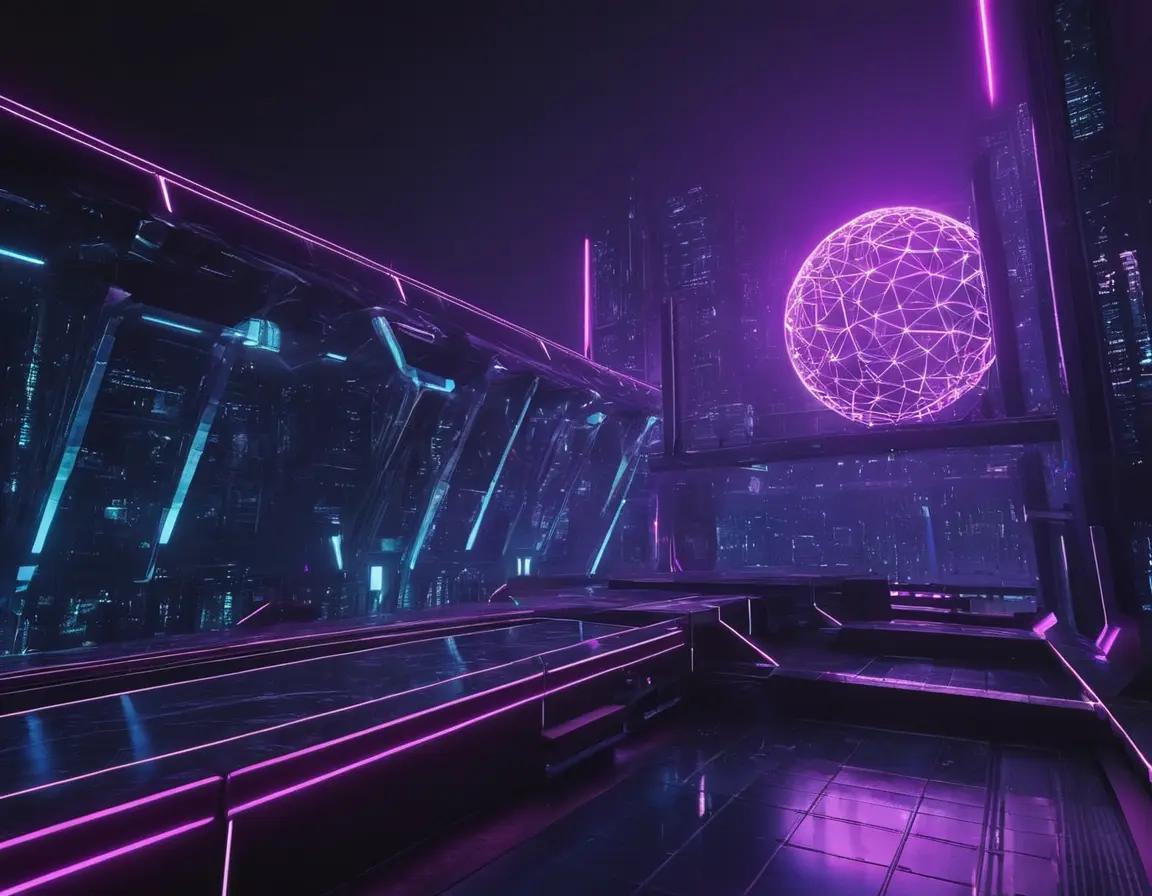
Mastering auto1111 ControlNet: A Guide to Advanced Image Control
- Tech Expert
- AI Tools, Stable Diffusion, Tutorials
- 02 Sep, 2024
Mastering auto1111 ControlNet: A Guide to Advanced Image Control
The auto1111 ControlNet feature is a game-changer for those looking to exercise fine control over AI-generated images. Whether you're refining compositions, aligning elements, or enforcing structure in your creations, ControlNet in auto1111 gives you the tools to achieve professional-level results.
What is ControlNet?
ControlNet is an extension of the Stable Diffusion model that allows for additional control over the output images. By providing an extra input (like a sketch or segmentation map), ControlNet lets you guide the image generation process more precisely, ensuring the output aligns with your specific vision.
Why Use ControlNet with auto1111?
Integrating ControlNet with auto1111 enables you to harness the full power of AI while maintaining control over critical aspects of image composition. This combination is particularly useful for artists, designers, and AI enthusiasts who require detailed control in their creative workflows.
Setting Up ControlNet with auto1111
1. Prerequisites
Before setting up ControlNet, ensure you have the following:
- auto1111 interface installed and running.
- Python and Git installed on your system.
- ControlNet model weights compatible with Stable Diffusion.
2. Installing ControlNet
a. Clone the ControlNet Repository
First, you'll need to add ControlNet to your auto1111 setup:
git clone https://github.com/lllyasviel/ControlNet.git
cd ControlNet
b. Install Dependencies
Install the required Python packages for ControlNet:
pip install -r requirements.txt
c. Integrate with auto1111
Move the ControlNet extension files into the auto1111 directory and ensure they are properly linked within your setup.
3. Configuring ControlNet in auto1111
a. Load the ControlNet Model
In the auto1111 interface, navigate to the ControlNet section and load the appropriate model weights. These should be placed in the models/ControlNet/ directory.
b. Adjust Parameters
Set the parameters that ControlNet will use to guide the image generation process. These might include the strength of the guidance, the type of input map (e.g., edges, segmentation), and other relevant settings.
c. Input the Control Image
Upload your control image, such as a sketch or mask, which will guide the AI in generating the final output. Make sure this image is aligned with the intended structure or composition.
4. Generating Images with ControlNet
a. Enter Your Text Prompt
Just like in standard usage, input a text prompt describing the desired image. ControlNet will use this along with the control image to generate the final output.
b. Fine-Tune the Output
Review the generated image and make adjustments to the ControlNet parameters as needed. This iterative process allows you to refine the output until it meets your specifications.
Key Features of auto1111 ControlNet
1. Structured Image Generation
ControlNet allows you to enforce structure in generated images, ensuring that specific elements are positioned and shaped according to your input.
2. Enhanced Creative Control
By integrating sketches, segmentation maps, or other control images, you can guide the AI to produce more accurate and aligned results.
3. Compatibility with Various Inputs
ControlNet works with different types of control images, from simple sketches to complex segmentation maps, offering flexibility in how you guide the image generation.
4. Real-Time Adjustments
Easily adjust the strength and influence of ControlNet’s guidance in real-time, enabling quick experimentation and fine-tuning.
Tips for Using auto1111 ControlNet
1. Start Simple
Begin with simple control images, such as basic sketches or edge maps, to understand how ControlNet influences the output. Gradually move to more complex inputs as you gain confidence.
2. Experiment with Guidance Strength
ControlNet’s guidance strength can significantly impact the final image. Experiment with different levels to find the right balance between creative freedom and control.
3. Combine Multiple Control Images
If needed, combine multiple control images to guide different aspects of the image generation, such as composition, color, and structure.
4. Utilize Community Resources
Join the auto1111 and ControlNet communities to share experiences, get advice, and learn about new features or techniques.
Troubleshooting Common Issues with ControlNet
1. Misalignment with Control Image
If the generated image doesn’t align well with your control image, try adjusting the guidance strength or refining your control input to better match the desired output.
2. Performance Issues
Running ControlNet can be resource-intensive. If you experience slow performance, consider lowering the resolution or simplifying the control image.
3. Unexpected Results
If the output is not as expected, check that the control image is clear and well-defined. Sometimes, subtle adjustments to the control image can lead to significant improvements.
Best Practices
- Clear Control Images: Use high-quality, well-defined control images to get the most accurate results from ControlNet.
- Iterative Refinement: Don’t be afraid to iterate—small tweaks to both your text prompt and control image can dramatically change the outcome.
- Keep Learning: Stay updated with the latest developments in ControlNet and auto1111 to continue improving your workflows.
Conclusion
The auto1111 ControlNet feature is a powerful tool for anyone seeking more control over AI-generated images. By following this guide, you can set up and master ControlNet in auto1111, unlocking new possibilities in structured image generation. Whether you're an artist looking for precise control or a designer seeking consistency in AI outputs, ControlNet provides the tools you need to achieve your goals.
Start experimenting with auto1111 ControlNet today and take your AI image generation to the next level!



































